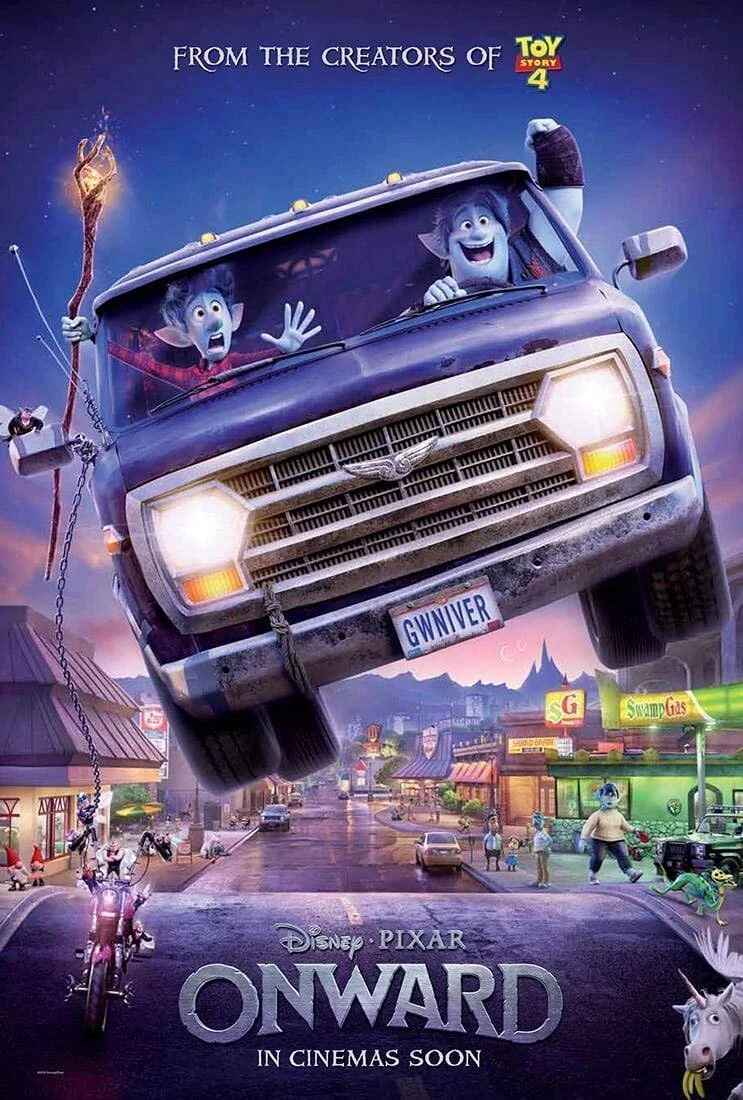Princess Mononoke
Ten Second Review: Princess Mononoke has arguably aged to become better than when it was first released.
[For transparency: I saw the English Dub so some translations may effect my final experience!]
There are many reasons to write reviews; to share opinions, to discuss the medium in question more generally, to give readers a flavour of what to expect so that they then may decide if it sounds like something they let be interested in etc. This afternoon I caught a showing of Princess Mononoke and it felt a rather unique example of a film that has done a little better than just age well. Films generally don’t behave like wine. While they can certainly be an acquired taste, it is rare that they are better consumed long after their release. Certainly they can work as a snapshot of an era or be wonderfully representative of a time (should they age well) but it is rare that they are wholly better when viewed long after their initial creation. Princess Mononoke feels more current and poignant now than I imagine is was on its 1997 release.
When Ashitaka’s village is attacked by a demon boar, he is injured and scarred by the same evil possession the wild animal. He is sent west by the village elders to find what caused the animal to become crazed and rebalance the peace between people and nature.
At its core this is a film about how humans have and are treating nature and what they must do once they’ve seen and understood their effect on the environment. This couldn’t be a more apt story for the present day, but when supplemented with subplots about female leaders, the place of women and societal structure, it takes on a different level of modernity and timeliness for current audiences.
The film seems, at a glance over its plot, to be about the journey of one young man to rid himself of a curse but it’s actual focus at every turn is its female characters and the environment. Even his quest is an order from his village’s “wise woman”.
The film refuses to build clear cut heroes and villains and this then leads to some of the most interesting characters I’ve seen in a film recently. If we take Lady Eboshi, the leader of the iron producing and rather bluntly named “Iron Town”, we see an incredibly complex figure. Here we have a female leader of a medieval Japanese town, a statement of power in itself, but more than that she has fashioned herself a tycoon of metallurgy. To complicate her character, she is not just you’re standard capitalist fat cat but trades in service to her city and to support women and disabled individuals to build a more equal society in which the communal wealth is in fact shared. Her treatment of the environment, while seemingly wrong, is less in service to herself and more for all her citizens.
This complexity of a single character really highlights the beauty of this film. Each character has an intriguing story and each of these stories intertwine to bind together the characters while also creating the division that drives the plot.
The film is not lacking in any faults. The animation, while mostly beautiful, doesn’t have all the dynamism you hope from Studio Ghibli and the English dub is lacking the poetic tone that Japanese translations can have. I also understand that the the fairly sizeable runtime can be a turn off for some but the pacing works well to make its feel as though it is always moving. I would also hazard that while many themes are successfully explored, the sheer scale of the film inevitably means that some feels less explored than others.
Certainly a film to explore is you haven’t before and I would hazard that it’s also one to re-explore if it’s been a while. Packed with all the depth you could possibly want and some timely storylines, Princess Mononoke is Miyazaki’s letter to how we as humans treat nature and each other and how we could be doing better. A great piece of cinema that has only gotten better.






